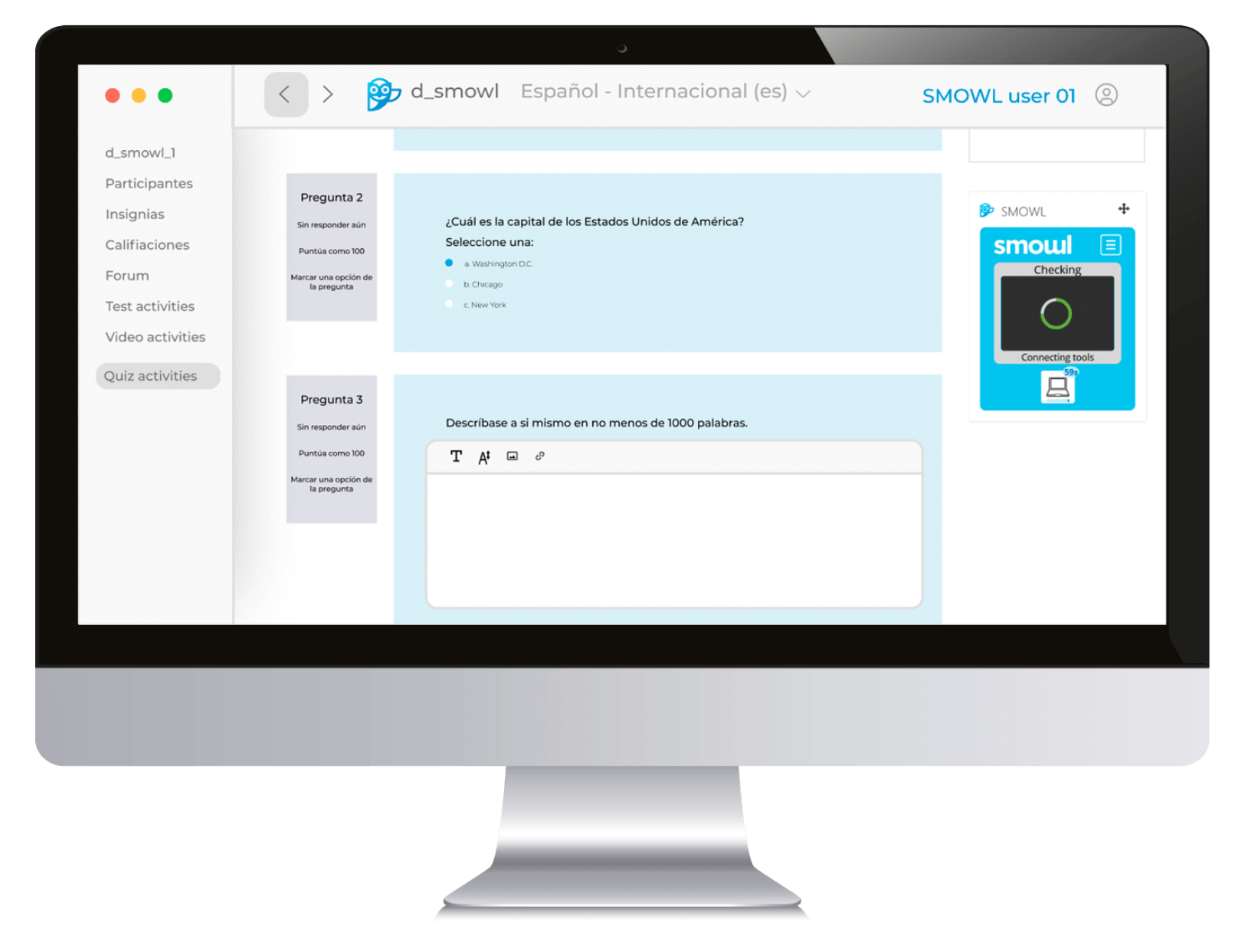In today’s digital age, chatbots have become an integral part of our online experience.
Whether we’re seeking assistance on a website, making a reservation, or simply engaging in casual conversation, chatbots are there to streamline the process and provide instant responses.
But what exactly is a chatbot, and how does it work? We’ll show you.
What is a chatbot?
Chatbots have come a long way since their inception. Initially, they were simple rule-based systems that followed predefined paths. However, with advancements in artificial intelligence (AI) and natural language processing (NLP), modern chatbots are capable of understanding and responding to user queries in a more human-like manner.
Chatbot definition
At its core, a chatbot is a computer program designed to simulate conversation with human users, typically through text or voice interactions. These interactions can occur on various platforms, such as websites, messaging apps, or social media channels.

How chatbots work
Central to the functioning of chatbots we can find natural language processing (NLP) and machine learning (ML):
Natural Language Processing (NLP)
Natural Language Processing is a branch of AI that enables computers to understand and interpret human language.
NLP algorithms analyze user input, identify key words and phrases, and extract meaning to generate appropriate responses.
Machine Learning (ML)
Machine learning plays a crucial role in enhancing the capabilities of chatbots. Through continuous training on large datasets, chatbots can improve their language understanding, conversation flow, and response accuracy over time.
This iterative learning process enables chatbots to adapt to new scenarios and handle a wide range of queries effectively.
In any case this is the main scenario that we could find when interacting with a chatbot:
- User input: The interaction begins when a user sends a message or query to the chatbot via a messaging platform or website.
- Processing: The chatbot’s NLP engine processes the user’s input, extracting key information and determining the user’s intent.
- Response generation: Based on the input and context, the chatbot generates a response using predefined rules or machine learning models.
- Delivery: The chatbot delivers the response to the user, completing the interaction cycle.
Subscribe today to SMOWL’s weekly newsletter!
Discover the latest trends in eLearning, technology, and innovation, alongside experts in assessment and talent management. Stay informed about industry updates and get the information you need.
Simply fill out the form and stay up-to-date with everything relevant in our field.
Types of chatbots
There are primarily two types of chatbots:
- Rule-based chatbots: These chatbots operate based on predefined rules and decision trees. They follow a predetermined set of instructions to respond to user inputs. While they can handle simple queries effectively, they may struggle with more complex requests.
- AI-Powered Chatbots: AI-powered chatbots, also known as intelligent chatbots, leverage machine learning and NLP to understand user intent and provide contextually relevant responses. These chatbots offer a more conversational experience and can handle a wide range of queries with greater accuracy.
Benefits and challenges of chatbots
Chatbots have revolutionized the way we interact with companies and organizations. Below, we enumerate the main advantages of having a chatbot tool in your company:
Improved Customer Service
Chatbots can provide instant support and assistance to users, resolving queries and issues in real-time. This leads to higher customer satisfaction and retention rates.
24/7 Availability
Unlike human agents, chatbots are available round-the-clock, allowing businesses to offer continuous support and engagement to their customers, regardless of time zones or operating hours.
Cost Reduction
By automating routine tasks and inquiries, chatbots help businesses reduce operational costs associated with customer service, support, and sales.
But they also present a series of challenges that distance them from resembling a fully human interaction, such as:
Understanding Context
One of the primary challenges faced by chatbots is understanding the context of a conversation and accurately interpreting user intent. Misinterpretations or errors in context can lead to irrelevant or incorrect responses.
Maintaining User Engagement
Keeping users engaged in a conversation with a chatbot can be challenging, especially if the interaction feels scripted or impersonal. Chatbots need to employ strategies to captivate users and sustain meaningful dialogue.

What is a chatbot used for?
Chatbots are used nowadays for various purposes, including:
- Customer service: Chatbots play a vital role in customer service by providing instant assistance and support to users. Whether it’s answering frequently asked questions, guiding users through troubleshooting steps, or escalating more complex issues to human agents, chatbots ensure timely and efficient resolution of customer inquiries.
- Sales and marketing: In sales and marketing, chatbots act as virtual sales assistants, engaging potential customers, and guiding them through the purchasing process. They can recommend products based on user preferences, provide information about promotions or discounts, and even facilitate transactions directly within the chat interface, leading to increased conversion rates and revenue generation.
- Information retrieval: Chatbots excel at retrieving information from various sources and delivering it to users on demand. Whether it’s retrieving product details from a database, fetching weather updates from a website, or accessing the latest news headlines, chatbots provide instant access to relevant information, saving users time and effort.
- Appointment scheduling: Chatbots streamline the process of scheduling appointments, reservations, or bookings for services. Users can interact with the chatbot to check availability, select preferred dates and times, and confirm their appointments—all without the need for human intervention. This automated scheduling process enhances efficiency for both businesses and customers, reducing the likelihood of scheduling conflicts and missed appointments.
- Entertainment: Beyond their practical applications, chatbots also serve as sources of entertainment and engagement for users. They can engage users in casual conversation, tell jokes, share interesting facts, or even host interactive games and quizzes. By providing entertainment value, chatbots enhance user experience and foster positive brand interactions.
- Task automation: Chatbots automate routine tasks to simplify everyday activities for users. Whether it’s setting reminders, sending notifications, managing subscriptions, or processing orders, chatbots handle repetitive tasks efficiently, freeing up time for users to focus on more important activities. This hyperautomation enhances productivity and convenience, making users’ lives easier.

Chatbots and proctoring
Chatbots are increasingly being utilized in the field of virtual proctoring, particularly in the context of online exams and assessments.
They can help with proctoring assistance as they can clarify instructions and offer technical assistance if users encounter any issues. This proactive support enhances the testing experience for users and helps reduce anxiety or confusion during the exam.
At Smowltech, we develop proctoring plans that leverage chatbot technology as a tool for user and administrator assistance.
Request a free demo and discover why we are the leading proctoring software in the industry.
Download now!
8 interesting
facts
about proctoring
Discover everything you need about online proctoring in this book to know how to choose the best software.
Fill out the form and download the guide now.
And subscribe to the weekly SMOWL newsletter to get exclusive offers and promotions.
You will discover all the trends in eLearning, technology, innovation, and proctoring at the hands of evaluation and talent management experts.






